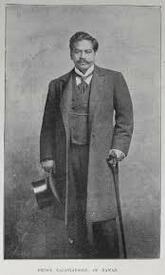 Prince Jonah Kūhiō Kalaniana‘ole
Prince Jonah Kūhiō Kalaniana‘ole Prince Jonah Kūhiō Kalaniana‘ole was born on the island of Kauai on March 26, 1871. He was the grandson of the last King of Kauai and his mother was the sister of Queen Kapiolani - wife of King Kalakaua. He was brought up in the court of the king and made a prince when he was 13 by a royal proclamation. Prince Kuhio was educated in Hawaii, California, and England and after his education lived in Japan for a year. His uncle, King Kalakaua wanted Kuhio to marry a Japanese Princess and cement an alliance between Japan and Hawaii - but the hoped for union did not come about.
Prince Kuhio was an accomplished athlete and excelled at football, rowing, yachting, polo, marksmanship, golf, and of course the Royal Hawaiian sport of surfing. In fact, Prince Kuhio was surfing in Santa Cruz, California nearly three decades before Duke Kahanamoku ‘introduced’ the sport to California. In letters he wrote from Britain, Prince Kuhio also talked about surfing in the North Sea and introducing the sport to several UK locals. We don’t know if he did any surfing while he was in Japan.
After returning to Hawaii from Japan, he worked in the Hawaiian Department of the Interior until the 1893 when the Kingdom of Hawaii was overthrown. Two years later he was arrested for his part in a failed attempt to reinstate the monarchy. He spent a year in prison and then left Hawaii until 1901.
Upon his return, he was nominated as the Republican candidate for U.S. congress. Hawaii had become a territory of the United States by this point and Kuhio won the election and went to Washington D.C. He was elected to congress for ten consecutive terms!
Prince Kuhio devoted his life to helping his people. In 1921, his efforts were rewarded with passage of the Hawaiian Homes Commission Act which granted homesteading lands to Native Hawaiians.
He died in his home, Pualeilani, in Waikiki on January 7, 1922. He was the last titular Prince of Hawaii and his funeral was the last official royal funeral in Hawaii. Prince Kuhio was interred in the Royal Mausoleum with full pageantry. His casket was made of native koa wood and brought in procession for over a mile by two hundred former palace guards and functionaries.
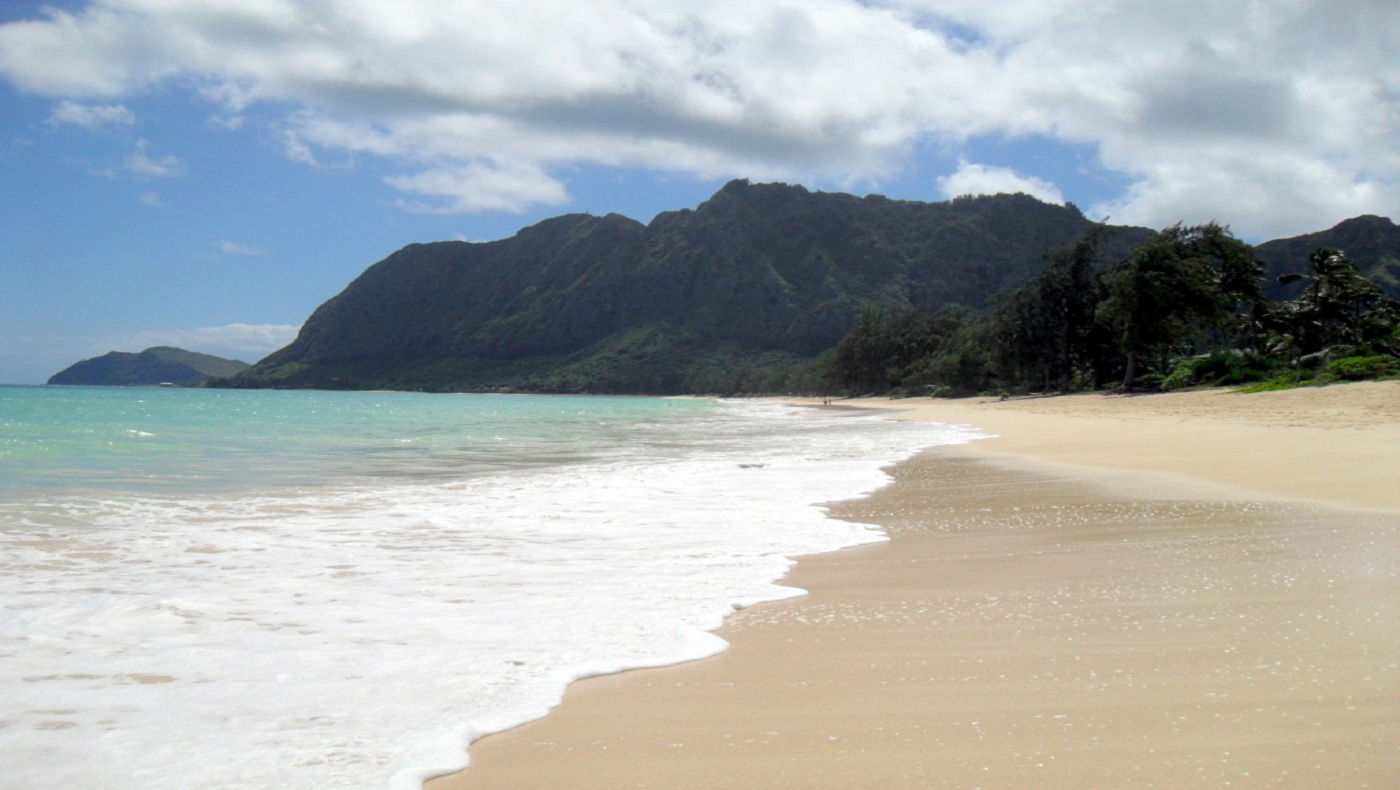




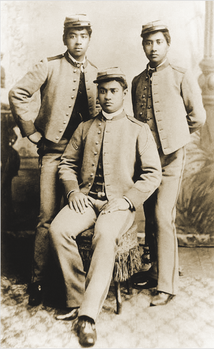
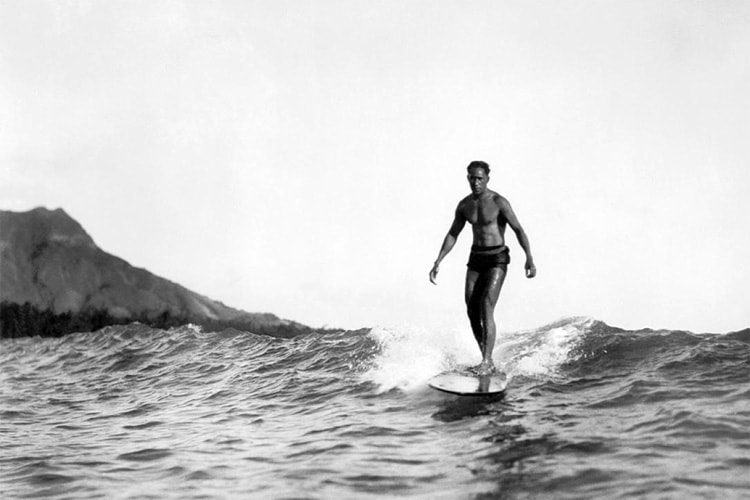
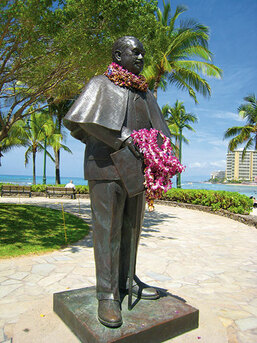
 RSS Feed
RSS Feed